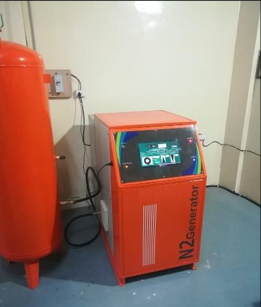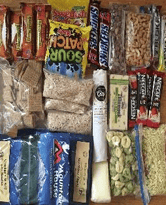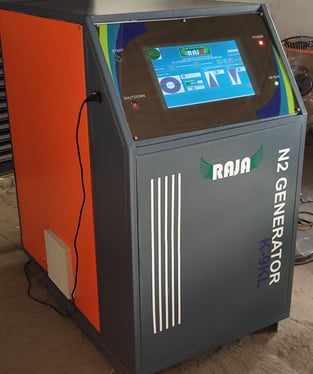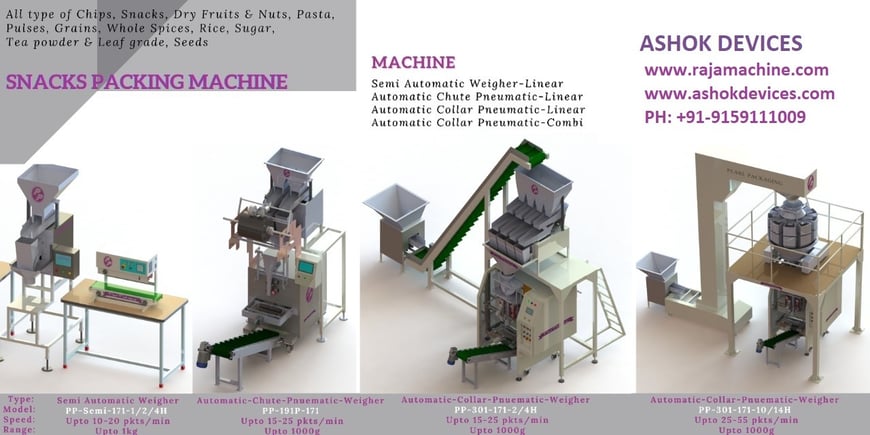
RAJA FOOD PACKING MACHINES
Preface
The use of nitrogen in food packaging is one of the most effective ways of slowing food deterioration and improving the longevity of the food. This bill will give you an outline of how food-grade nitrogen gas can be used to boost efficiency in the food and beverage processing industry.
Introduction
Nitrogen is a popular gas for food packaging because it displaces oxygen. This is important because oxygen can carry moisture. Oxygen is used by bacteria to grow and thrive on organic material. By removing as much oxygen as possible, bacteria find it more difficult to grow. Additionally, oxygen can cause foods to undergo oxidation, which can cause foods to become foul-smelling and inedible. For example, if you’ve ever bitten into an apple and seen the fruit become dark and brown- that’s due to oxidation. The role of nitrogen gas in food preservation is to eliminate these problems by preventing oxygen from entering.
Fact
Industrial Nitrogen Generator with PSA/Membrane Technology, is a reliable and cost-effective solution for On-site oxygen production with a purity of 96 to 99.9% (It means high purity as standard output)







CATALOG


Advantages of using N2 in Food Packing
❖ Avoid Cylinder Availability Issues
❖ Produce as per demand and Continuous Production.
❖ Concentration up to 99.9%
❖ Safety concern, Low pressure, Fully Automatic control system.
❖ Lower Production Cost
❖ One-time Investment.
❖ Online Production Monitoring.
Gas Flushing in Food Packaging
Gas flushing is a process in which various types of inert gases (most commonly nitrogen) are injected inside, to remove oxygen from food packaging. Gas flushing is the most common type of modified atmosphere packaging. Gas flushing is done to improve the shelf life of the product contained within.
Using Nitrogen Gas Cylinders for Food Packaging
Nitrogen gas can be remotely synthesized and transported to a food processing plant when required. However, for a significant number of manufacturing processes, sourcing preservative gas using this method is not efficient.
The major drawbacks of using nitrogen cylinders for nitrogen-filled packaging include
▪ Higher long-term costs
▪ Safety hazards associated with gas cylinder storage and handling.
▪ Consumption of vital floor space
▪ Changing cylinder problems and High-Pressure handling problems.
▪ Disparities in supplied and useful gas volumes.
Technical specification and scope (click to view)
Subscribe to our newsletter
Contact Us
Ashok Devices, Regd Office: V6E, First Floor, Nagapilliyar Temple Road, Kovai pudur, Coimbatore-641042
ashokdevices@outlook.com
+91-9361837359 ±91-9159111009
